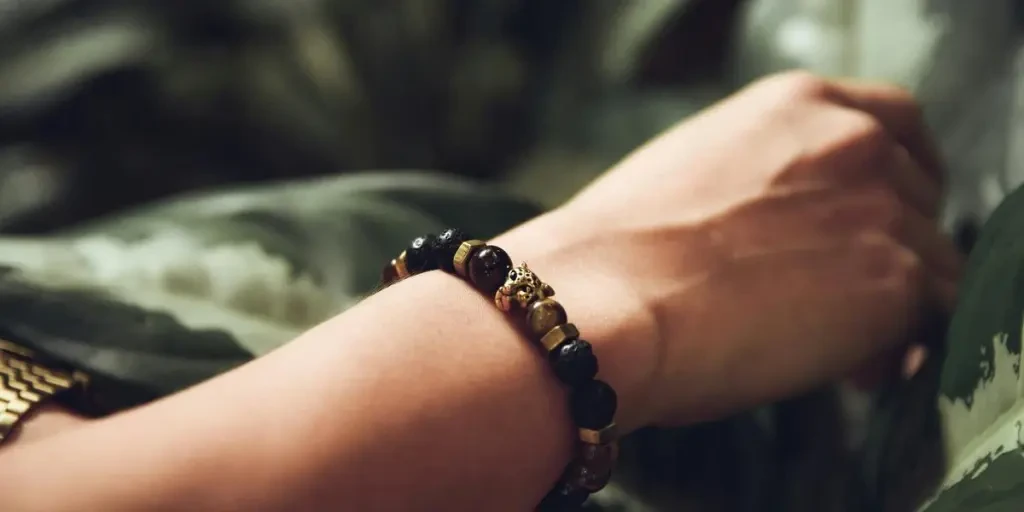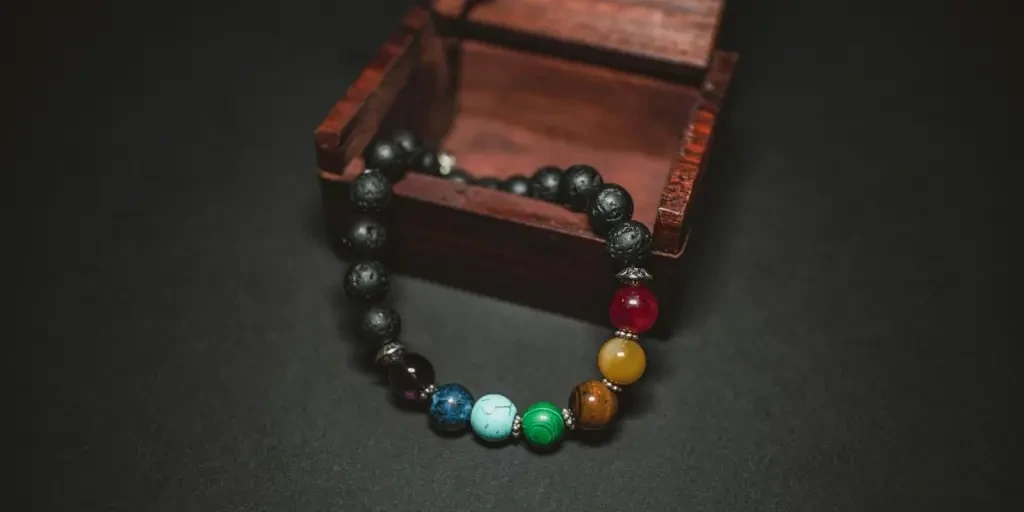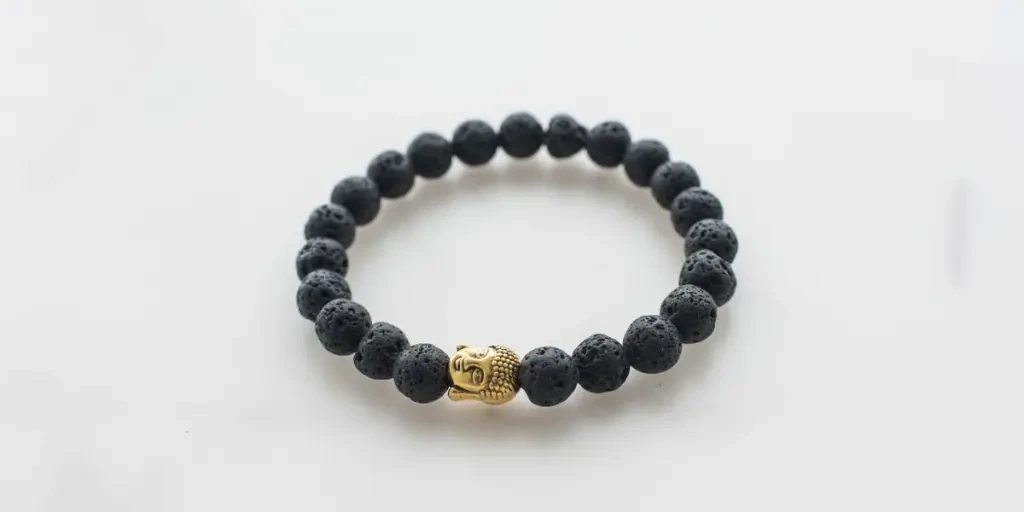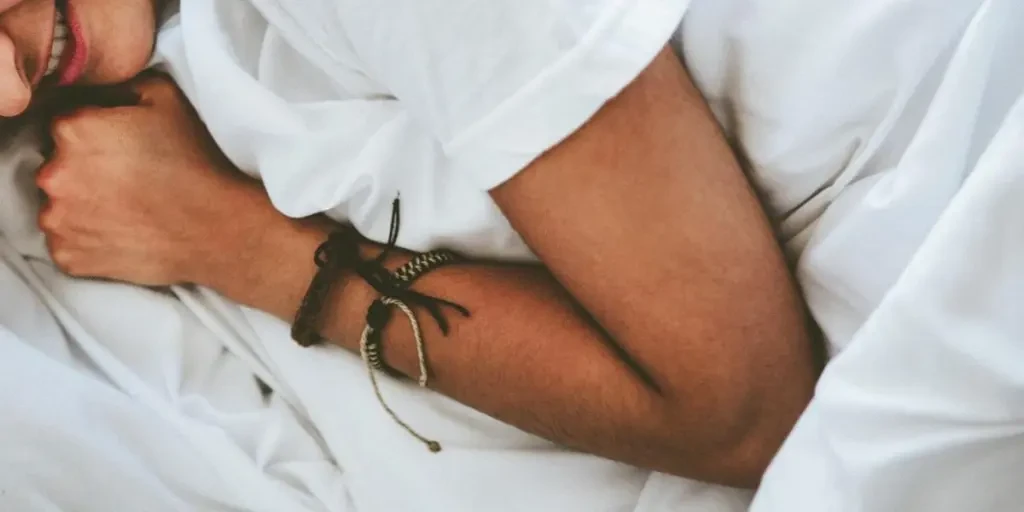Pyrite bracelets are making waves in the jewelry industry, captivating consumers with their unique aesthetic and intriguing properties. As the demand for distinctive and meaningful accessories grows, pyrite bracelets are emerging as a popular choice among fashion enthusiasts and jewelry collectors alike.
Table of Contents:
-Market Overview: The Rising Popularity of Pyrite Bracelets
-The Allure of Pyrite: Texture and Materials
-The Unique Texture of Pyrite
-High-Quality Materials Used in Pyrite Bracelets
-Design Trends: From Classic to Contemporary
-Classic Designs with a Modern Twist
-Innovative and Contemporary Styles
-Cultural Influence and Heritage: The Story Behind Pyrite
-Historical Significance of Pyrite in Jewelry
-Cultural Symbolism and Modern Interpretations
-Functionality and Features: Beyond Aesthetic Appeal
-Healing Properties and Benefits
-Versatility in Fashion and Everyday Wear
-Conclusion
Market Overview: The Rising Popularity of Pyrite Bracelets

The global jewelry market is experiencing significant growth, with the market size expected to reach USD 482.22 billion by 2030, registering a CAGR of 4.7% from 2024 to 2030, according to Research and Markets. Within this expansive market, pyrite bracelets are gaining traction due to their unique appeal and the growing consumer interest in distinctive and meaningful jewelry pieces.
The gems and jewelry market, which includes products such as rings, necklaces, bracelets, and earrings, grew from USD 476.54 billion in 2023 to USD 501.94 billion in 2024. It is projected to continue growing at a CAGR of 5.42%, reaching USD 689.81 billion by 2030, as reported by Research and Markets. This growth is driven by rising disposable incomes, particularly in emerging markets, and the increasing demand for luxury goods.
In the Americas, the United States stands as a significant market for gems and jewelry, with a notable trend towards customization and personalized designs. Canadian consumers generally prefer classic and elegant designs, with steady demand for gold and diamond jewelry during life milestones such as weddings and anniversaries. Latin American countries, including Brazil and Mexico, are also notable markets driven by a rising middle class and increasing disposable incomes. Consumers in Latin America appreciate colorful gemstones and intricate, bold designs influenced by local culture and heritage.
The EMEA region showcases varied preferences, with Europe, including the UK, Germany, and France, having significant demand for quality and brand heritage, with a shift towards sustainable and ethical jewelry. The Middle East, including the UAE and Saudi Arabia, shows high demand for opulent gold jewelry, especially during weddings and Eid. Africa, a key supplier of raw materials such as diamonds and gold, has a growing consumer market in South Africa, which appreciates locally crafted designs reflecting African heritage.
In the Asia Pacific region, economic powerhouses such as China, India, and Japan are significant markets. In China, a burgeoning middle class with increasing disposable income drives demand for gold, jade, and diamonds, particularly during weddings and festivals. India’s rich jewelry-making heritage fuels demand for gold and diamond pieces with intricate designs preferred during festivals. Japan’s mature market favors minimalist and sophisticated designs, emphasizing quality and craftsmanship, with platinum, pearls, and diamonds being popular choices.
The rising popularity of pyrite bracelets can be attributed to several factors. Firstly, the unique aesthetic of pyrite, often referred to as “fool’s gold,” appeals to consumers seeking distinctive and eye-catching jewelry pieces. Additionally, the metaphysical properties associated with pyrite, such as its purported ability to attract wealth and abundance, resonate with consumers interested in holistic and spiritual practices.
Furthermore, the increasing focus on sustainability and ethical sourcing in the jewelry industry is driving demand for alternative materials like pyrite. As consumers become more conscious of the environmental and social impact of their purchases, they are seeking out jewelry that aligns with their values. Pyrite, being a naturally occurring mineral, offers an appealing alternative to traditional gemstones and precious metals.
The Allure of Pyrite: Texture and Materials

The Unique Texture of Pyrite
Pyrite, often referred to as “Fool’s Gold,” is renowned for its distinctive metallic luster and brassy-yellow hue. This unique texture is one of the primary reasons for its allure in the jewelry industry. The surface of pyrite is typically smooth and reflective, which gives it a striking appearance that can easily catch the eye. The mineral’s crystalline structure can also create fascinating patterns and shapes, adding to its visual appeal. According to a professional report, the texture of pyrite is not only visually appealing but also tactilely satisfying, making it a popular choice for bracelets and other types of jewelry.
High-Quality Materials Used in Pyrite Bracelets
When it comes to crafting pyrite bracelets, the quality of materials used is paramount. High-quality pyrite is often sourced from reputable mines that ensure the mineral is free from impurities and defects. In addition to the pyrite itself, other materials used in these bracelets, such as the metal settings and clasps, are typically made from durable and hypoallergenic metals like stainless steel, sterling silver, or gold. This combination of high-quality pyrite and robust metal components ensures that the bracelets are not only beautiful but also long-lasting and comfortable to wear.
Design Trends: From Classic to Contemporary

Classic Designs with a Modern Twist
Classic designs in pyrite bracelets often draw inspiration from traditional jewelry styles but incorporate modern elements to keep them relevant and appealing. For instance, a classic pyrite bracelet might feature a simple string of pyrite beads, but with the addition of contemporary metal accents or unique clasp designs. This blend of old and new creates a timeless piece that can be worn for various occasions. Reported by a recent market analysis, the resurgence of classic designs with modern twists is evident in the increasing popularity of minimalist and elegant pyrite bracelets that appeal to a wide range of consumers.
Innovative and Contemporary Styles
On the other end of the spectrum, innovative and contemporary styles in pyrite bracelets push the boundaries of traditional jewelry design. These styles often incorporate unconventional shapes, mixed materials, and bold color combinations. For example, a contemporary pyrite bracelet might feature asymmetrical pyrite stones set in a geometric metal framework or combined with other gemstones for a multi-textured look. According to a recent trend report, the demand for such innovative designs is on the rise, particularly among younger consumers who seek unique and statement-making pieces.
Cultural Influence and Heritage: The Story Behind Pyrite

Historical Significance of Pyrite in Jewelry
Pyrite has a rich history that dates back to ancient civilizations. It was often used in jewelry and decorative items due to its resemblance to gold. In ancient Greece and Rome, pyrite was believed to have protective properties and was used in amulets and talismans. The mineral’s name itself is derived from the Greek word “pyr,” meaning fire, as it can create sparks when struck against metal. This historical significance adds a layer of depth and meaning to pyrite jewelry, making it more than just a fashion accessory.
Cultural Symbolism and Modern Interpretations
In modern times, pyrite continues to hold cultural significance and is often associated with wealth, protection, and positive energy. Many people believe that wearing pyrite jewelry can attract abundance and ward off negative energies. This cultural symbolism is reflected in the design and marketing of pyrite bracelets, which often emphasize these attributes. According to a cultural study, the modern interpretation of pyrite as a symbol of prosperity and protection has contributed to its popularity in the jewelry market, particularly among those who value both aesthetics and metaphysical properties.
Functionality and Features: Beyond Aesthetic Appeal

Healing Properties and Benefits
Beyond its aesthetic appeal, pyrite is also believed to have various healing properties. It is often associated with promoting physical well-being, enhancing mental clarity, and boosting confidence. Many people wear pyrite bracelets as a form of crystal healing, believing that the mineral can help balance their energy and improve their overall health. A professional report shows that the demand for pyrite jewelry has increased in recent years, partly due to the growing interest in holistic and alternative healing practices.
Versatility in Fashion and Everyday Wear
One of the key features of pyrite bracelets is their versatility. These bracelets can easily transition from casual to formal settings, making them a practical addition to any jewelry collection. Whether paired with a simple outfit for a day out or worn as a statement piece for a special occasion, pyrite bracelets offer a unique blend of elegance and edginess. According to a fashion trend analysis, the versatility of pyrite bracelets is a significant factor in their popularity, as consumers increasingly seek accessories that can complement a variety of looks and styles.
Conclusion
The allure of pyrite bracelets lies in their unique texture, high-quality materials, and the blend of classic and contemporary designs. Their rich cultural heritage and modern interpretations add depth and meaning, while their healing properties and versatility make them a practical choice for everyday wear. As the jewelry industry continues to evolve, pyrite bracelets are poised to remain a popular and cherished accessory, appealing to those who appreciate both beauty and functionality.




